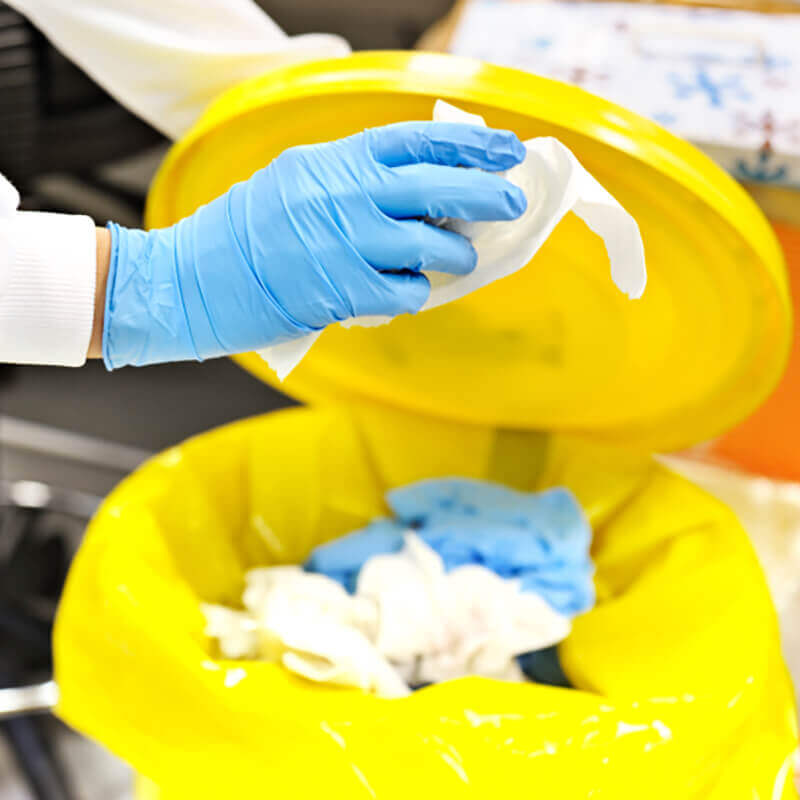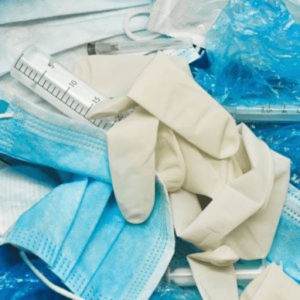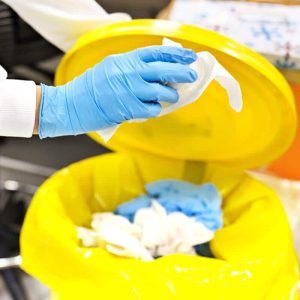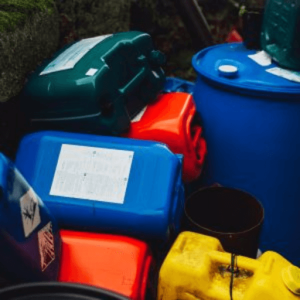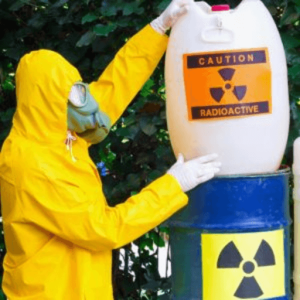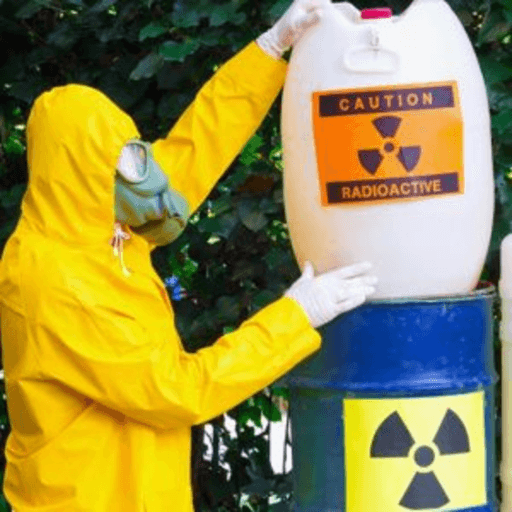Clinical Wastes
We are able to collect the following clinical wastes generated by hospitals, clinics, healthcare centers and educational institutions.
Clinic
Hospital
healthcare
E Medical Services
Syringes and Other Sharps
Dressings
Human and Animal Tissues
Laboratory Wastes
Group 1 - Used or Contaminated Sharps
Syringes, needles*, cartridges, ampoules and other sharp instruments which have been used or which have become contaminated with any other group of clinical waste.
* Needles include acupuncture needles.
Group 2 - Laboratory Waste
Note: “potentially infectious waste with significant health risk from dental, medical, veterinary or pathological laboratories” refers to those unsterilized materials or devices used to culture, transfer, inoculate or mix the laboratory stock cultures, or cultures, of infectious agents. Examples include culture dish, bottle, flask, tube, pipette, pipette tip, inoculation loop and inoculation wire.
Group 3 – Human and Animal Tissues
All human and animal tissues, organs and body parts as well as dead animals, but excluding :
dead animals and animal tissues, organs and body parts arising from a veterinary practice or a Chinese medicine practice; and
teeth arising from a dental practice.
Note: Group 3 clinical waste is not intended to cover small quantities of human and animal tissues which cannot be completely separated from items such as dressings.
Group 4 – Infectious Materials
Crimean / Congo haemorrhagic fever virus;
Ebola virus;
Guanarito virus;
Hendra virus;
Junin virus;
Kyasanur forest disease;
Lassa fever virus;
Machupo virus;
Marburg virus;
Nipah virus;
Omsk virus;
Russian spring-summer encephalitis virus;
Sabia virus;
Variola virus;
Herpesvirus simiae virus (B virus); and
Severe Acute Respiratory Syndrome Coronavirus.
Any materials contaminated by the above infectious materials are also classified as Group 4 waste.
Note: The Director may, by notice published in the Gazette, amend the list of pathogens under this group.
Group 5 – Dressings
Surgical dressings, swabs and all other waste dribbling with blood, caked with blood or containing free-flowing blood.
Group 6 – Other Wastes
What is Clinical Waste
Legal definition of Clinical Waste
The Waste Disposal Ordinance defines Clinical Waste as it is applicable in Hong Kong. It provides a legal definition which all healthcare professionals, care providers, lab technologists, research workers and waste handlers should familiarize with and follow.
Phone
(852) 9608 0238
Address
Room E, Floor 17, Billion Plaza II, 10 Cheung Yue Street, Lai Chi Kok, Kowloon

